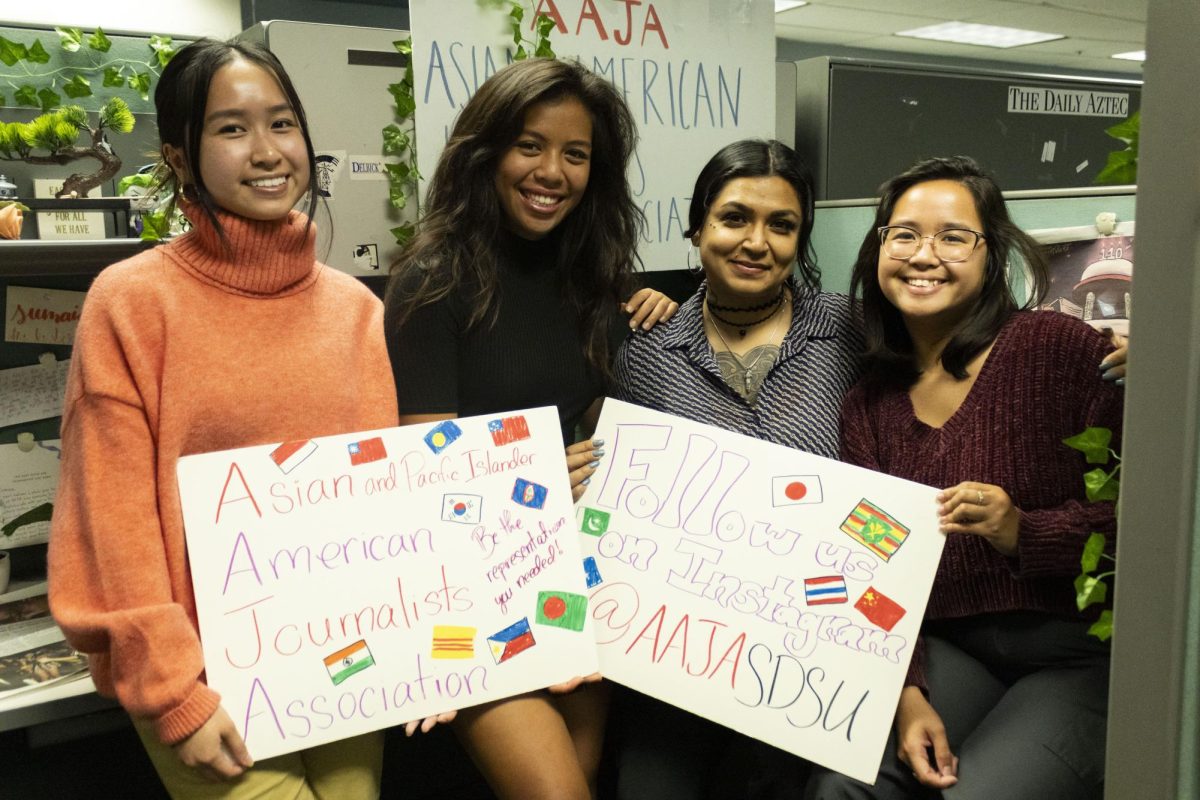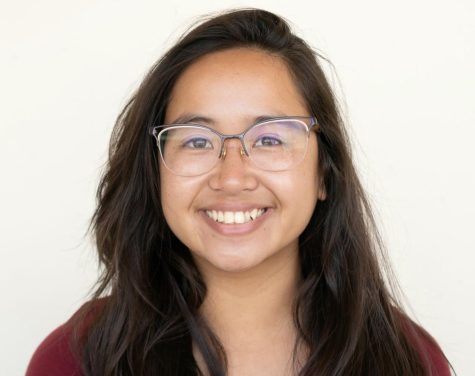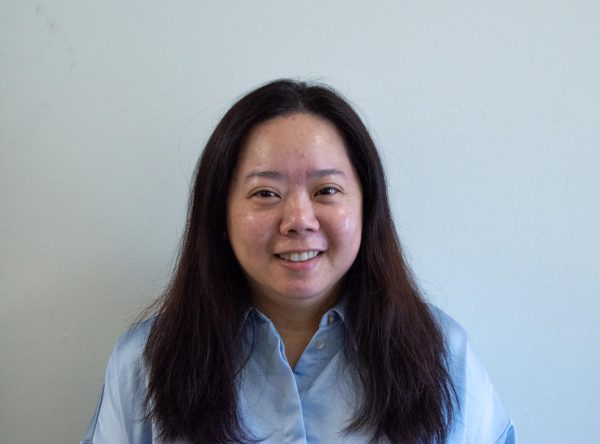At 10 p.m. on Oct. 5, I texted the group chat for the Asian American Journalists Association at San Diego State University (AAJA SDSU). I had a crazy idea.
After a conversation with our San Diego chapter president, JoAnn Fields, I wanted to go to Lahaina, Maui, to write about residents affected by the August wildfires.
Hannah Ly, AAJA vice president, immediately responded, “We are crazy!”
Petrina Tran, social media outreach for AAJA, sent a GIF from the movie “Frozen” that said, “I love crazy!”
Sumaia Wegner, AAJA president, said, “OH SNAP CRACKLE POP RICE KRISPIES,” which we took as a sign of approval.
We later named this initiative “The Lahaina Project.”
This year’s leadership challenges every student journalist to be bold in their pursuit of field experience.
Through our project, we proved that we can do whatever we set our minds to.
My fear was leading the team into something that was a complete waste of time. If I gave in to those thoughts, we never would’ve learned all that we did.
In just two months, we planned a week-long trip to Maui during finals through sheer determination and support from everyone around us.
In preparation, we studied trauma-informed reporting, Lahaina’s history, its current events and historical misconceptions of Hawaiians and their culture to ensure we didn’t repeat those mistakes.
During our stay, we conducted interviews with indigenous locals, tourists, activists and politicians. We photographed and filmed as much of Lahaina as we could, including the “burn zone.”
“Never before had I been challenged in so many ways,” Ly said. “Jumping at opportunities and adapting to plans on short notice became second nature.”
Our team learned to plunge at chances without hesitation, such as a sudden invite to the “burn zone.”
We were speechless to see the destruction with our own eyes. Hardened puddles of metal painted a small picture of the blaze that engulfed the city.
We overcame challenges – a sudden invite to the “burn zone,” a historical tour we planned to attend that wasn’t happening anymore, a good source decided against being one out of their safety and some very hot sand.
Tran said that this experience gave her confidence in her own abilities as a journalist.
“One of my favorite parts of the trip was when we’d come back to the apartment in the evening, make dinner, sit and debrief about the day, talk about journalism ethics and how to navigate things or ask professors and mentors for help,” she said.
We challenged ourselves. For Wegner, that challenge was creating a feature story.
“I stick to sports because it is light-hearted,” Wegner said. “However, after this trip, I learned that reporting on hard-hitting news, the things that make you question and wonder why things are the way they are, is needed to make any kind of change.”
Ly, Wegner, Tran and I will make our own paths to being better journalists. Our new program, Students Traveling Across Regions to Empower, Represent and Serve (STARTERS), embodies that.
Since starting AAJA with my peers in 2022, I wanted to do more than go to a convention and listen to lectures.
Never did I think I would lead us to a trip across the ocean, let alone work with a team that helped me carry the burden of getting us there.
As students witness the industry scramble for a sustainable business plan, we can’t help but wonder about its future.
According to a report published by Northwestern Local News Initiative, in 2023 newspapers vanished at an average rate of more than two a week.
Locally, we saw San Diego Union-Tribune journalists accept buyouts after it was sold to hedge fund Alden Global Capital.
As the industry evolves in ways we cannot predict, it is essential to be bold in how we find our stories.
AAJA didn’t go to “save” anyone. We acknowledge that our stay was for our own benefit regardless of the volunteer work we did. Trips into indigenous lands should be handled with respect and sensitivity. Informed consent was at the forefront of every conversation.
Thank you to our mentors and advisors for guiding us. Our biggest thanks go to the people of Lahaina who shared their lives with us and treated us like family. This trip taught us to be fearless and crazy ideas can become a life-changing adventure.









